10 Little-Known Seinfeld Facts That Make You Want to Rewatch
Seinfeld may be famously about “nothing,” but the stories behind the show are packed with odd turns, real-life drama, and blink-and-you’ll-miss-it details. Even longtime fans might’ve missed some of these strange behind-the-scenes twists. This list of facts offers a fresh reason to revisit one of TV’s most iconic sitcoms.
The Opening Theme Was Custom-Built Every Time
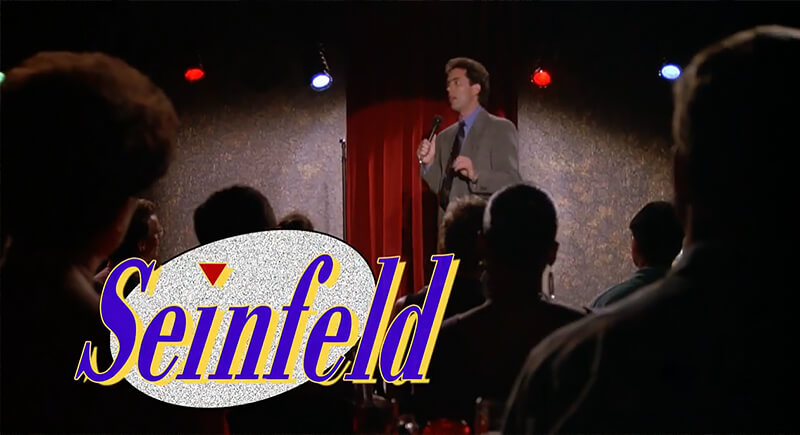
Credit: Youtube
You’d think that slap bass theme was a loop, right? Nope. Composer Jonathan Wolff actually rebuilt it for every episode and synced it to Jerry’s monologue rhythm. He adjusted tempo, timing, and even breath patterns. Each intro was custom-made for the week’s jokes.
Jerry Almost Didn’t Want Jason Alexander As George
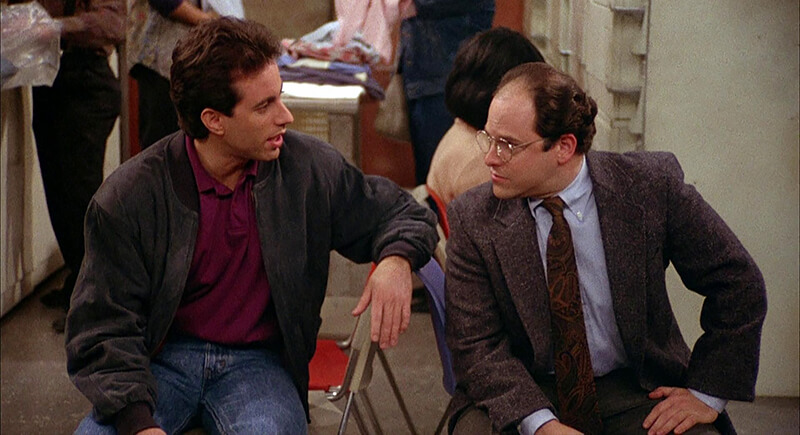
Credit: IMDb
When it came to casting George Costanza, Jerry Seinfeld originally pushed for fellow comedian Jake Johannsen. He practically begged him to take the role, but Johannsen passed. Only then did Jason Alexander get the nod and ultimately nail it. In hindsight, imagining anyone else yelling about shrinkage or parking spaces feels impossible.
The Soup Man Isn’t a Fan of the Show
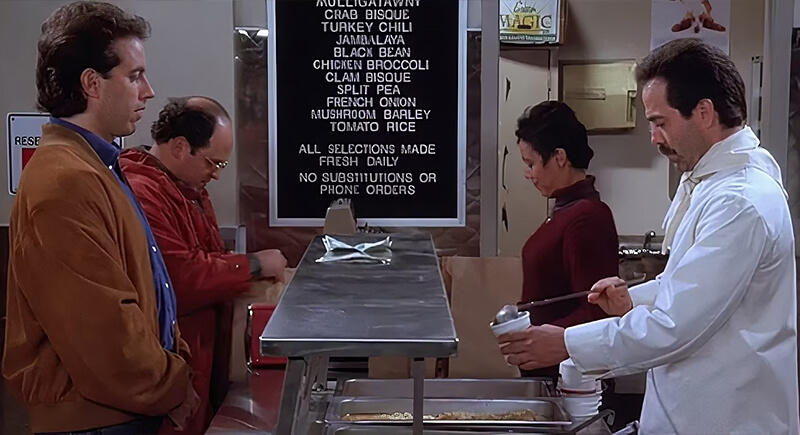
Credit: NBC
The man who inspired the Soup villain character, Al Yeganeh, didn’t appreciate the spotlight. He claimed Jerry Seinfeld “ruined” his life and banned him from the actual soup shop. Yeganeh objected to the nickname and said that the portrayal was disrespectful. Still, the episode made his recipes famous.
Kramer Wore the Same Boots for Nine Years
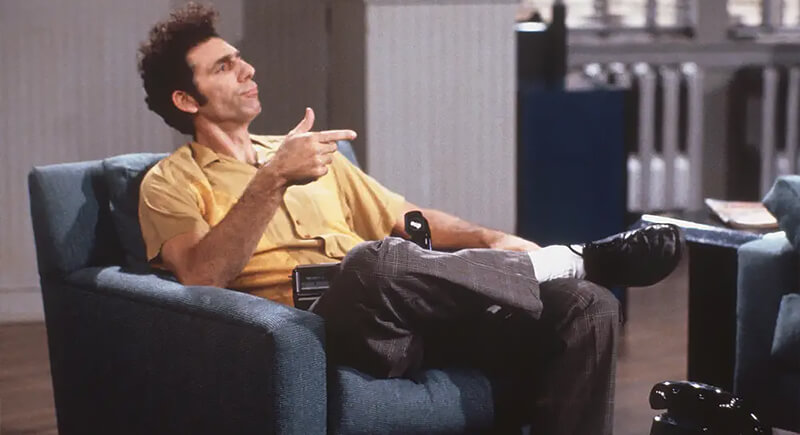
Credit: IMDb
Michael Richards stuck with one specific wardrobe choice across the entire series: two identical pairs of black Doc Martens. That’s it. Through slapstick falls, frantic hallway slides, and chaotic apartment entrances, Kramer’s feet never changed gear.
The First Scene and Final Scene Echo Each Other
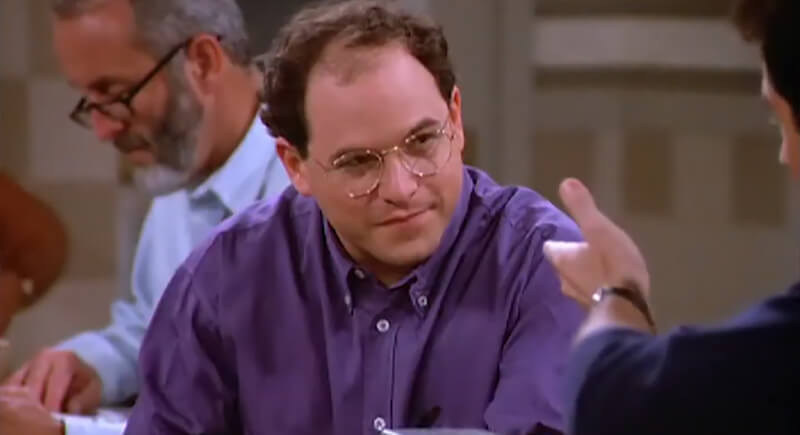
Credit: Youtube
The pilot episode starts with Jerry and George discussing the placement of a shirt button. In the series finale, they circle back to the same exact conversation while sitting in a cell. That symmetry ties the show’s beginning and end together in the most Seinfeld-ian way possible.
One Actor Got Himself Written Off Permanently
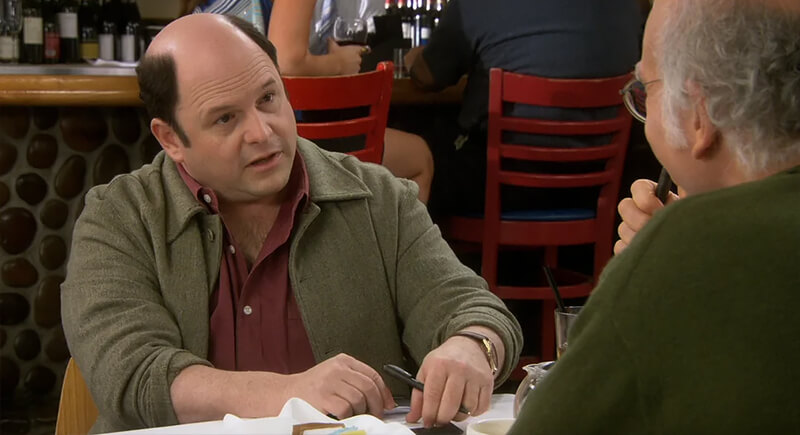
Credit: Reddit
Jason Alexander wasn’t happy when he was left out of the season three episode “The Pen.” He thought his absence might mean he was on the chopping block, so he pulled Larry David aside and made it clear: “If you do it again, do it permanently.” George was never excluded again.
Newman Was Jerry’s Favorite Side Character
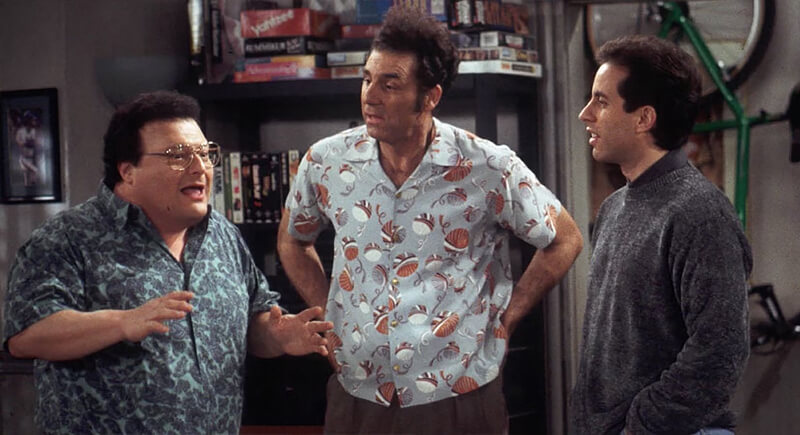
Credit: IMDb
When fans asked Jerry Seinfeld to name his favorite supporting role, he didn’t hesitate: Newman. This wasn’t because of screen time, but because he got to have a true nemesis. Seinfeld compared it to Superman, who had Lex Luthor, a natural villain whose presence elevated the whole show.
The Puffy Shirt Lives in the Smithsonian
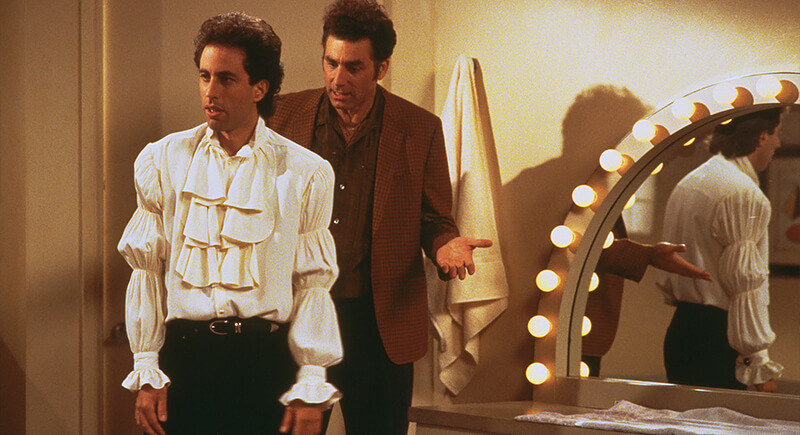
Credit: IMDb
That infamous pirate blouse from “The Puffy Shirt” haunted Jerry on camera and became a pop culture artifact. In 2004, Seinfeld donated it to the Smithsonian’s National Museum of American History. It now shares space with other TV treasures like Mister Rogers’ sweater and Archie Bunker’s chair.
The Diner Exterior Has Musical Roots
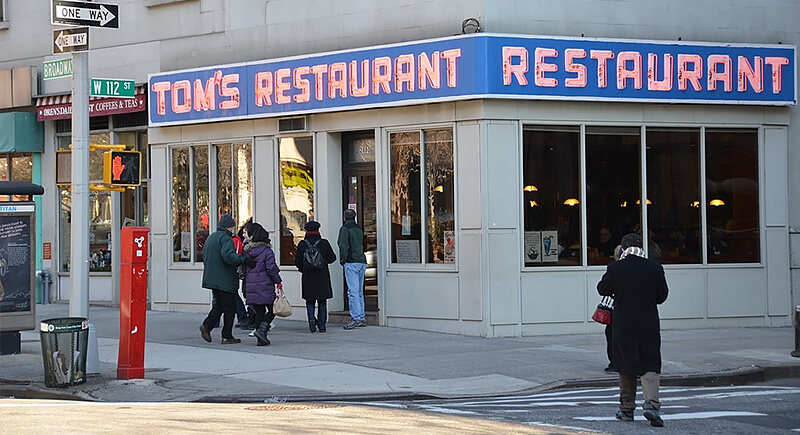
Credit: Wikimedia Commons
Monk’s Café may be fictional, but the building’s real identity is Tom’s Restaurant, located near Columbia University. Before Seinfeld, it was already famous for inspiring Suzanne Vega’s 1982 song Tom’s Diner. It gave the eatery two very different claims to fame—TV hangout and musical time capsule.
There Was a Real-Life Festivus—Clock In A Bag and All
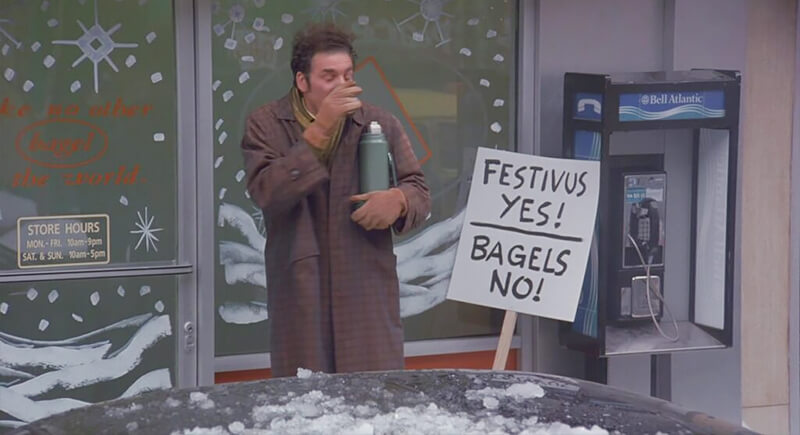
Credit: tilt
The metal pole, the feats of strength, and the airing of grievances in the Festivus episode all came from real life. Writer Dan O’Keefe’s dad invented the unique celebration as a family tradition. The on-screen version toned things down, but reality was even weirder than what made it to air.
Jerry Once Turned Down $110 Million
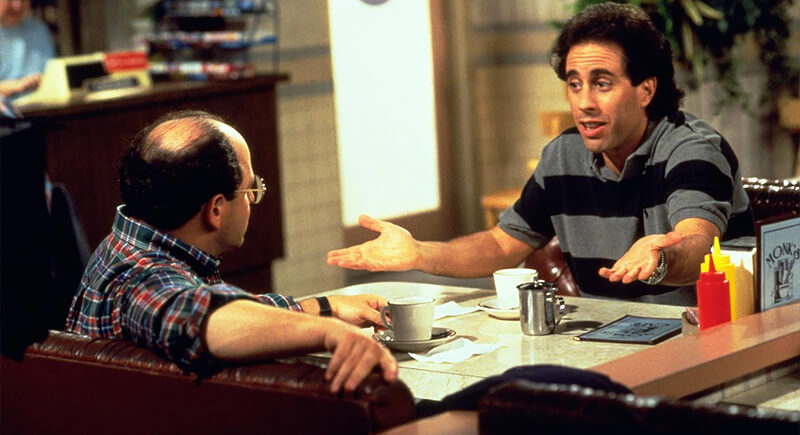
Credit: IMDb
NBC reportedly offered Jerry Seinfeld $110 million to return for a tenth season, and he said no. For him, nine seasons felt complete. Plus, nine was his lucky number. “Ten is lame,” he told Vanity Fair. With that, Seinfeld chose a neat ending over a massive payday.
George’s Real-Life Counterpart Sued The Show

Credit: Reddit
Michael Costanza, a real person and former friend of Jerry’s, claimed Seinfeld had used his likeness for George without permission. He sued for $100 million. The case went nowhere—Larry David maintained that George was based on himself. However, Costanza pointed out the similarities: they had the same college, nickname, and hairline.
Kramer Was Originally Named Kessler
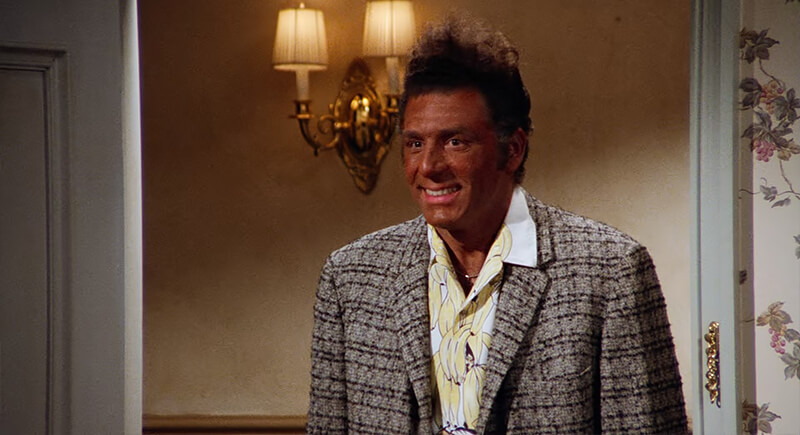
Credit: IMDb
In the pilot episode, the character we know as Kramer goes by “Kessler” for legal precaution. Kenny Kramer, Larry David’s real-life neighbor, hadn’t yet agreed to let them use his name. Once he signed, the character officially became “Kramer” from episode two onward.
Larry David Voiced George Steinbrenner
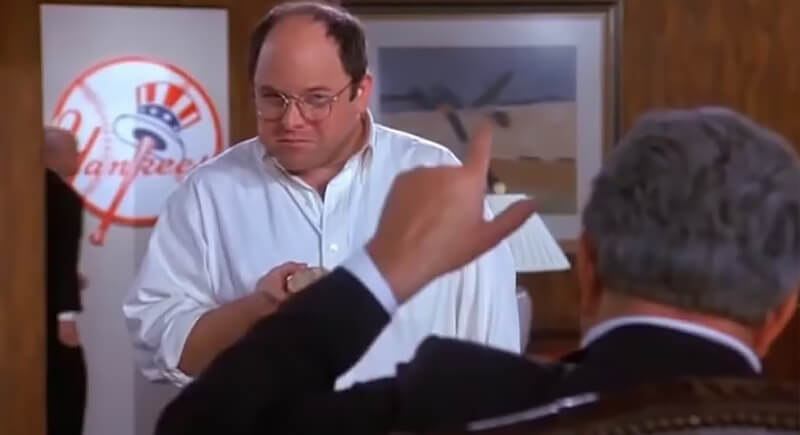
Credit: NBC
George’s over-the-top boss at the Yankees was Larry David yelling offscreen the whole time. Though actor Lee Bear physically played Steinbrenner, the voice and manic energy came straight from David. He improvised most of the lines, rambling about calzones, trades, and nonsense.
Seinfeld Ended Every Episode With a Rule: No Hugs, No Lessons
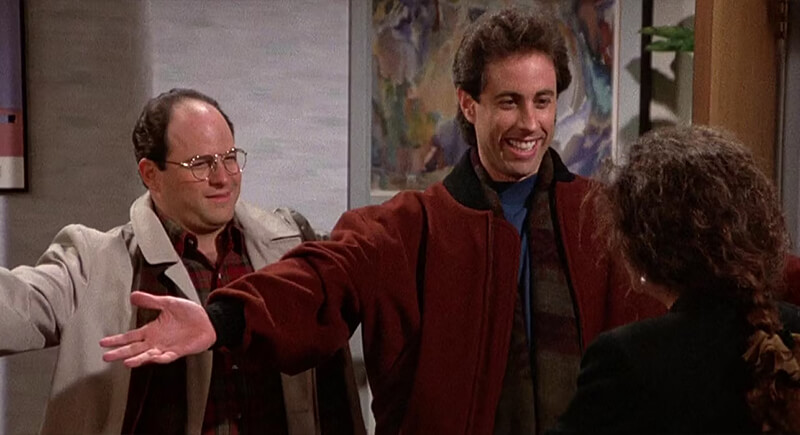
Credit: IMDb
Larry David made one rule for the writers: “No hugging, no learning.” That’s why Seinfeld always reset the next episode as if nothing had happened. There were no tearful apologies or heartfelt takeaways.